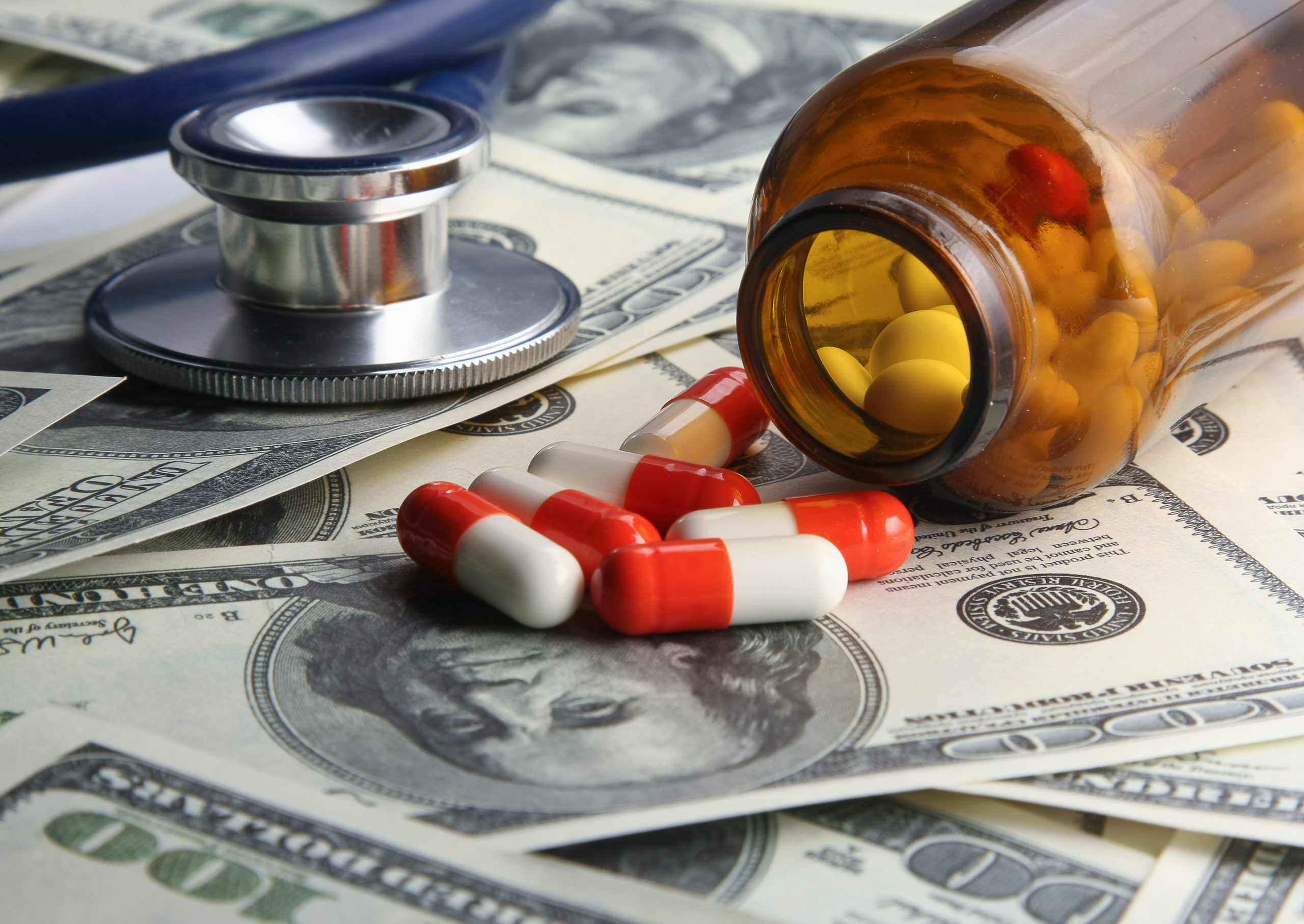Industry urges more government action on antibiotic development
This article was published in CIDRAP 16 January 2020. A report by Chris Dall.
The level of funding for late-stage research and development of new antibiotics and other products to combat antimicrobial resistance (AMR) is insufficient to meet global health needs, and governments need to step up to the plate, according to an industry report released today.
The second progress report from the AMR Industry Alliance, a collection of companies and trade associations representing the pharmaceutical, biotechnology, generics, and diagnostics industries, says that while industry investment has resulted in a robust preclinical pipeline of new compounds and rapid diagnostic tests, many of these products may never reach patients unless governments take action to improve market conditions and encourage investment for new antibiotics.
The companies in the coalition are responsible for roughly one third of the global antibiotic supply chain, and nearly 50% of the AMR-related products in preclinical development. They say they can’t sustain a viable pipeline of products to address the growing threat of drug-resistant infections on their own.
“Discovering new and effective ways to leverage positive preclinical pipeline results and working together to ensure that late-stage antimicrobial drug discovery and development is better supported are vital,” AMR Industry Alliance chair Thomas Cueni, the director-general of the International Federation of Pharmaceutical Manufacturers & Associations, said in a press release.
Challenging market conditions
The report is based on a survey completed by 65 of 91 AMR Industry Alliance members on the progress they’ve made since 2016. The companies at that time made a public commitment to invest in research and development of innovative treatments and diagnostics, support appropriate antibiotic use and stewardship, improve access to high-quality antibiotics, vaccines, and diagnostics, and establish good practices for managing antibiotic discharge from manufacturing facilities. That commitment, made at the World Economic Forum in Davos, Switzerland, came to be known as the Davos Declaration.
According to the report, 56 alliance members invested $1.6 billion in 2018 into the development of products to combat AMR, including 24 antibiotics and antifungals, 11 vaccines, 16 diagnostic platforms or assays, and 10 non-traditional products. By comparison, the alliance estimates that total government support for the same period was $500 million.
Alliance members say that industry investment has fallen since the first report, reflecting the exit of three large pharmaceutical companies from antibiotic development, and will likely continue to decline because nothing has been done to address the challenging market for new antibiotics, which are used sparingly.
The difficulties facing companies that develop new antibiotics have been highlighted by the recent experience of Achaogen and Melinta, two small biotechnology companies that filed for bankruptcy in 2019 despite having relatively new antibiotics on the market.
What’s needed to improve market conditions, the report argues, is action from governments to improve reimbursement systems for new antibiotics and create financial “pull incentives”—such as market entry rewards or transferable exclusivity vouchers—that will encourage more private investment. While efforts to improve antibiotic reimbursement are under way in the United States and the United Kingdom, more is needed, alliance members say.
“Although there have been some positive signals, such as the U.K. National Health Service/NICE plan to pilot a subscription-style payment model and U.S. Centers for Medicare & Medicaid Services reforms to reimbursement of novel antibiotics, no country has yet made fundamental changes to the way antibiotics are reimbursed or valued,” the report states. “Furthermore, no progress has been made by any governments in the implementation of novel market-based pull incentives.”
In the survey, 74% of companies said that if market conditions improve, they would likely increase their R&D investment. But if market conditions don’t improve, 62% said they would only maintain current funding levels, and 19% said they would decrease their investment.
Progress in other areas
In more positive news, the report indicates that alliance members are making progress on commitments to improve access to AMR-related products in low- and middle-income countries (LMICs), support stewardship efforts, and promote responsible manufacturing.
To address the barriers that prevent patients from getting the appropriate antibiotics, vaccines, and diagnostics in LMICs, where millions die each year from treatable bacterial infections, 74% of companies with AMR-related products on the market said they were actively pursuing strategies to increase access. The most common strategies cited by survey participants were accelerating product registration in LMICs, making their products more affordable, strengthening supply chains to prevent supply disruptions, and partnering with governments and international agencies to increase access.
To advocate for appropriate antibiotic use, 80% of alliance members said they were taking measures to promote their products in ways that align with the goal advancing antibiotic stewardship, while 76% said they have developed a formal appropriate use and stewardship plan. In addition, 70% said they were collecting AMR surveillance data and sharing it with public health agencies and healthcare providers.
“Resistance trends, along with other data, provide physicians and healthcare practitioners with information that can inform their work to address AMR in their hospital or region,” the report states.
In the section of the report dealing with efforts to reduce environmental pollution from antibiotics manufacturing, the alliance says that members have established, 2 years ahead of schedule, an industry standard for discharge targets in wastewater emissions from manufacturing sites. The targets were developed because of concerns that high concentrations of antibiotic residues in factory wastewater are promoting the development of resistance in environmental bacteria.
These targets, the alliance says, “represent significant progress in building a quantitative foundation for good practice methods to reduce the environmental risk of manufacturing emissions.”
In addition, the survey found that 82% of manufacturing sites owned by alliance members fully or partially meet requirements established by the alliance’s common framework for responsible manufacturing.

